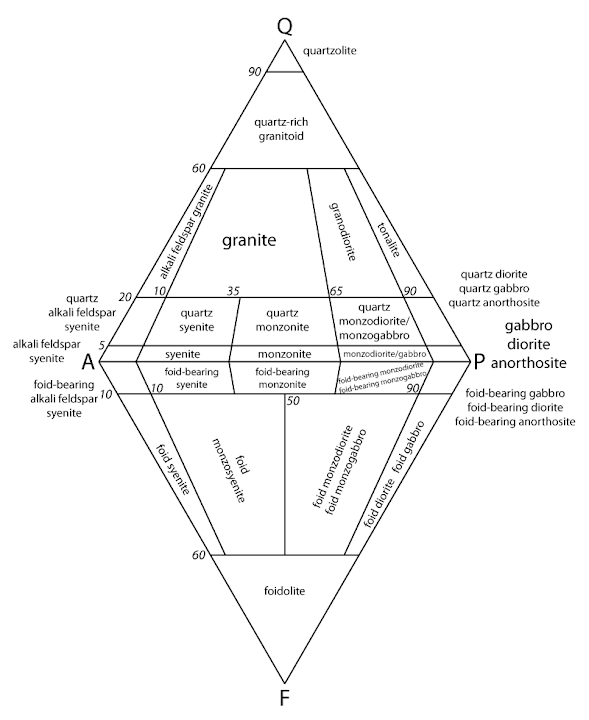

Li Q, Cui Y, Zhu D, Zhu J, Pan J, Zhang H, and Zheng G.

Li G, Luo J, Peng Z, Zhang Y, Rao M, and Jiang T. Metallurgical and materials transactions B. Jiang X, He L, Wang L, Xiang D, An H, and Shen F. International Journal of Mineral Processing. Jiang M, Sun T, Liu Z, Kou J, Liu N, Zhang S. 2017 100 166.įarrokhpay S, Filiipov L, Fornasiero D. 2018 70 2365.Įlliott R, Pickles CA, and Peacey J. 1.ĭong J, Wei Y, Zhou S, Li B, Yang Y, and Mclean A. in Proceedings of PDAC 2004 International Convention, Trade Show & Investor Exchange, Canada (2004), p. 2009 50 1448.ĭalvi AD, Bacon WG, and Osborne RC. Transactions of Nonferrous Metals Society of China. It also could be reacted with magnesium silicate structure to form calcium–magnesium silicate structure such as melilite and monticellite.Ĭhen S, Guo S, Jiang L, Xu Y, Ding W. Modified basicity with CaO addition is more effective than MgO, Al 2O 3, and SiO 2 addition due to its ability to break the forsterite structure and release iron and nickel. It produced 16.11% and 50.57% for nickel grade and recovery in concentrate, respectively. The result showed that the optimum basicity for the selective reduction of saprolitic nickel ore was 0.6 of ternary basicity (CaO + MgO/SiO 2), modified by CaO addition. Then, the wet magnetic separation process was continued to separate ferronickel from impurities. The nickel ore, sodium sulfate, coal, and flux mixture was reduced to 1150 ☌ for 60 min. In this work, the effect of three types of basicity (binary, ternary, and quaternary) in selective reduction of saprolitic nickel ore on metallic grade and recovery, phase transformation, and microstructure of ferronickel was investigated clearly. Nevertheless, it could also be obtained by modifying the ore basicity by adding low-cost fluxes, such as CaO, SiO 2, MgO, and Al 2O 3. In the selective reduction process of lateritic nickel ore, the formation of the liquidus phase could be obtained by increasing the temperature and additive, resulting in an uneconomic process.


 0 kommentar(er)
0 kommentar(er)
